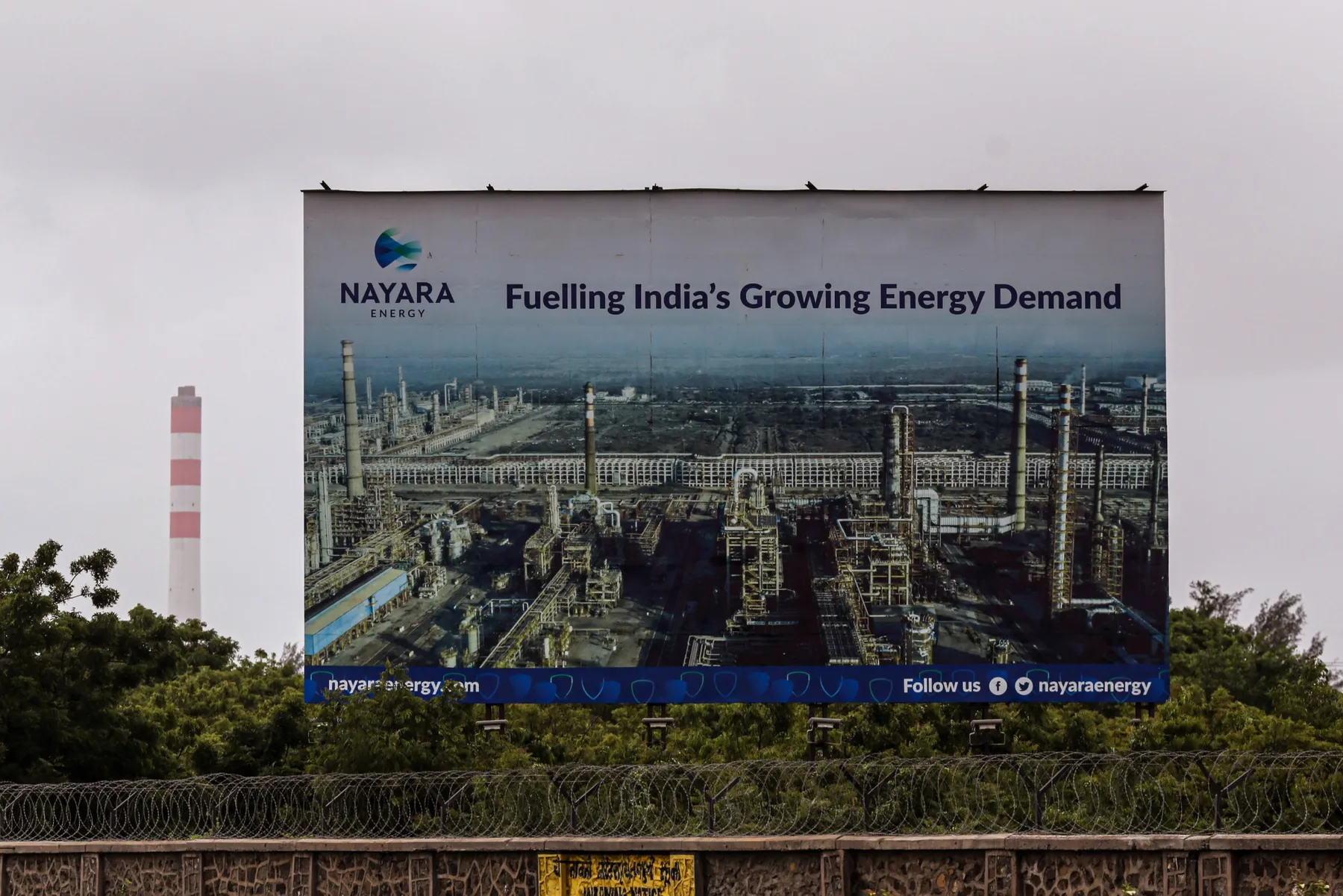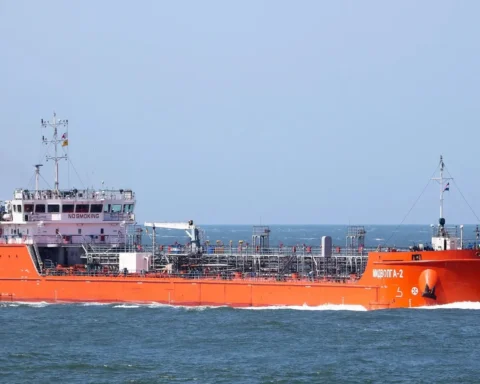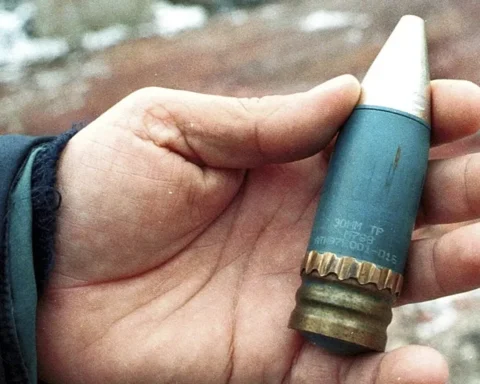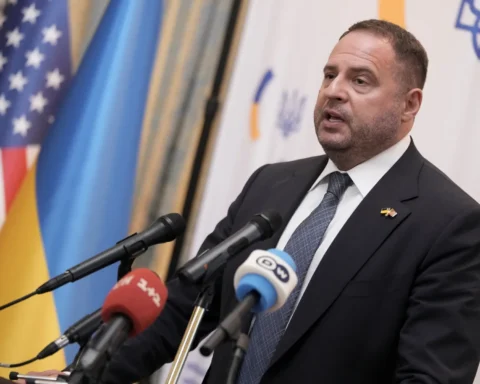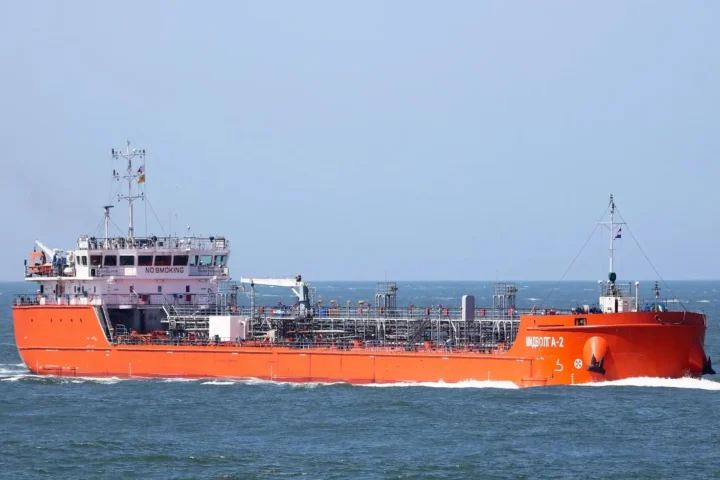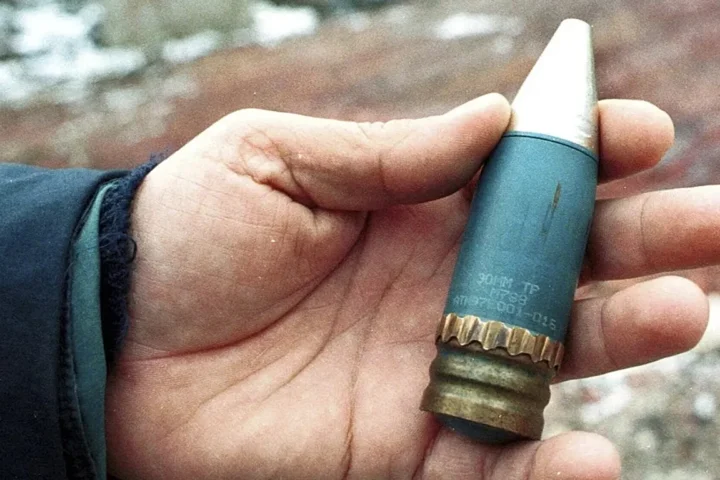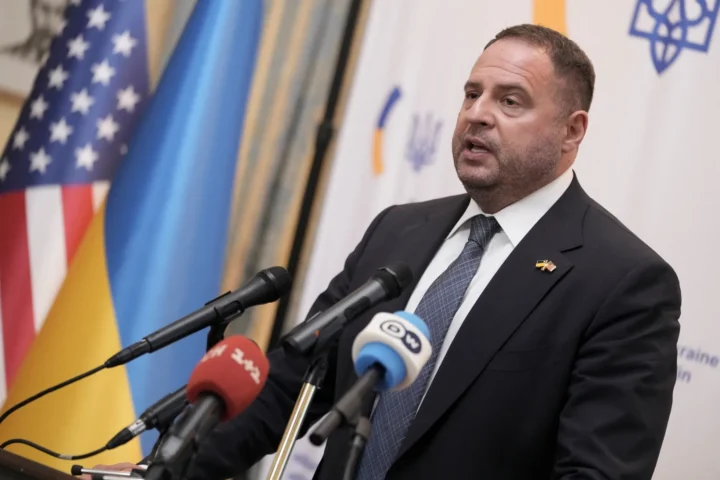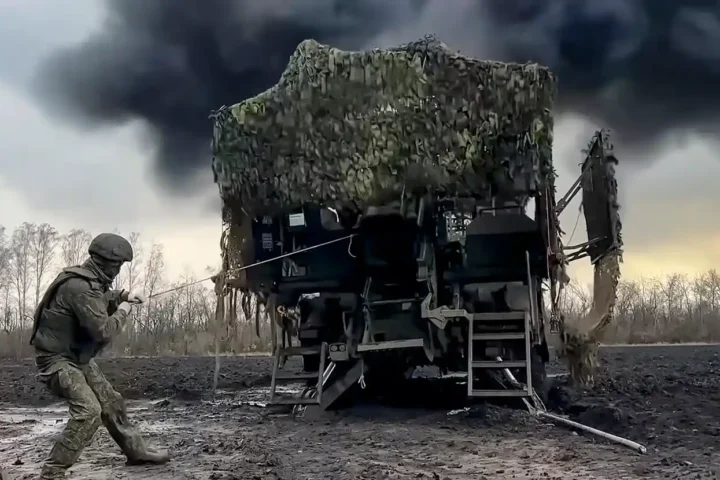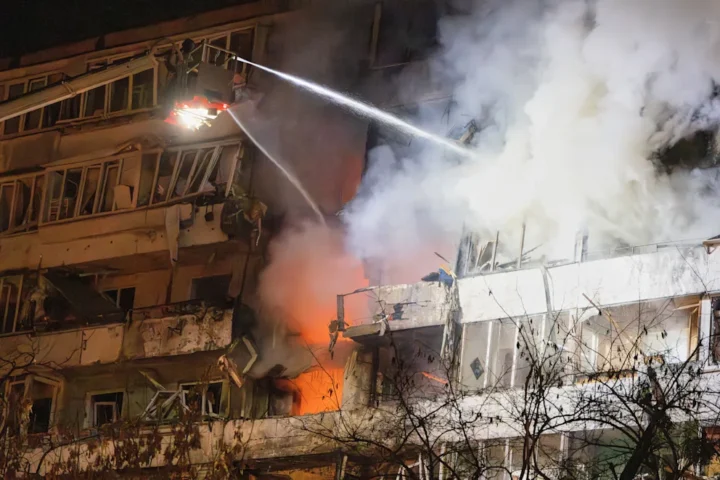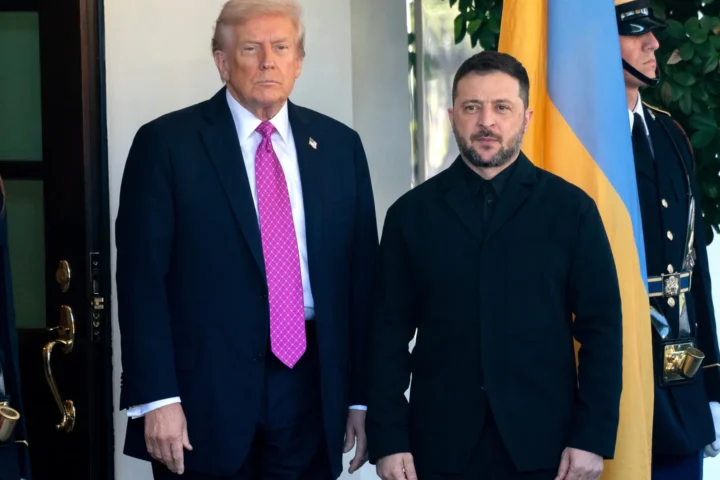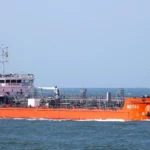Context, EU Sanctions, and Nayara’s Role in India’s Energy System
After Nayara Energy Ltd. (part-owned by Rosneft PJSC) was hit by EU sanctions a month ago, the company has been forced to rely on a growing pool of “dark-fleet” tankers to move both crude and refined products. At the same time, its menu of imported grades has narrowed: since late July it has been taking only Russia’s Urals as feedstock. According to Bloomberg, this is how the company is trying to maintain operational continuity as counterparties refuse to work with it under the European restrictions.
Nayara is a major player in India: its refinery of about 400,000 barrels per day accounts for 8% of the country’s processing capacity, and its network of filling stations covers roughly 7% of the retail fuel market. Lower run rates caused by logistical disruptions directly threaten domestic supply, which is why, Bloomberg’s sources say, the Indian government has stepped in from an energy-security standpoint and in recent days approved certain coastal tankers to move cargoes around the country.
How the “Dark Fleet” Works: Vessels, Routes, and Insurance
Local shipowners have started winding down cooperation with Nayara to avoid risking access to EU ports and Western insurance. The gap has been filled by vessels with alternative cover — including Russian or Iranian insurance — which New Delhi is selectively allowing to work with Nayara. Some of the tankers already cleared by the authorities to supply Nayara with crude and carry away its refined products are themselves under sanctions.
The medium-range tanker Leruo, after being added to the EU sanctions list on July 18, made at least three domestic runs in India for Nayara with government authorization, according to shipowners and vessel-tracking data. In S&P Global’s database the owner of Leruo is listed as Key Marvel Ltd. (no contact details provided). The long-range tanker Next, also sanctioned by the EU and blacklisted by the UK, is due to arrive at Nayara’s Vadinar terminal to load a diesel cargo, according to a port agent’s report and tracking data. Databases list the owner as Istanbul-based Next Maritime & Trading Ltd. (no email or phone).
Off Vadinar, four sanctioned vessels are idling with more than 1.2 million barrels of Nayara products on board. The company did not immediately respond to a request for comment. In a recent statement it said it remains committed to delivering fuel via coastal, rail, and road logistics to serve Indian customers efficiently.
According to tracking data, the tanker Tempest Dream, which recently performed a ship-to-ship transfer of gasoline produced by Nayara, has returned to Vadinar for the next batch. The receiving vessel, Wu Tai, had not discharged the gasoline as of publication.
On the crude-supply side, since late July Nayara has been taking only Urals from Russia. This week two Urals cargoes totaling about 1.4 million barrels are expected on two Aframax tankers — Mars 6 and Tiger 6 — according to shipowners’ reports, port agents, and tracking data. Another Greek-owned supertanker, Evgenia I, which was supposed to deliver Middle Eastern crude by last week, continues to ballast in the Persian Gulf — the delivery did not take place.
Russian Crude, the Political Backdrop, and Market Implications
Moscow insists that maintaining the flow of Russian crude to Nayara poses no difficulty. At a briefing in New Delhi, Russia’s deputy trade representative in India, Evgeny Griva, said that imports of Russian oil would generally remain at current levels due to the lack of alternatives, noting: “There are special mechanisms that make it possible to circumvent sanctions and tariffs.”
What this means in practice:
- For Nayara: The company has effectively reoriented its feedstock portfolio to Urals and relies on an irregular but expanding pool of vessels with non-traditional insurance coverage. This increases costs, the risk of delays, and regulatory scrutiny, but gives it a chance to sustain deliveries.
- For India: Targeted approvals for coastal shipments and permissive insurance show the priority remains uninterrupted supply to the domestic market. Government intervention is minimizing the disruptions triggered by European measures.
- For shipping: The transport market around Russian flows continues to fragment between “white” and “dark” segments; actors with opaque ownership structures and limited points of contact are involved.
- For sanctions policy: The case illustrates the limits of restrictions when a major emerging economy creates administrative workarounds for critical infrastructure.
This article was prepared based on materials published by Bloomberg. The author does not claim authorship of the original text but presents their interpretation of the content for informational purposes.
The original article can be found at the following link: Bloomberg.
All rights to the original text belong to Bloomberg.


